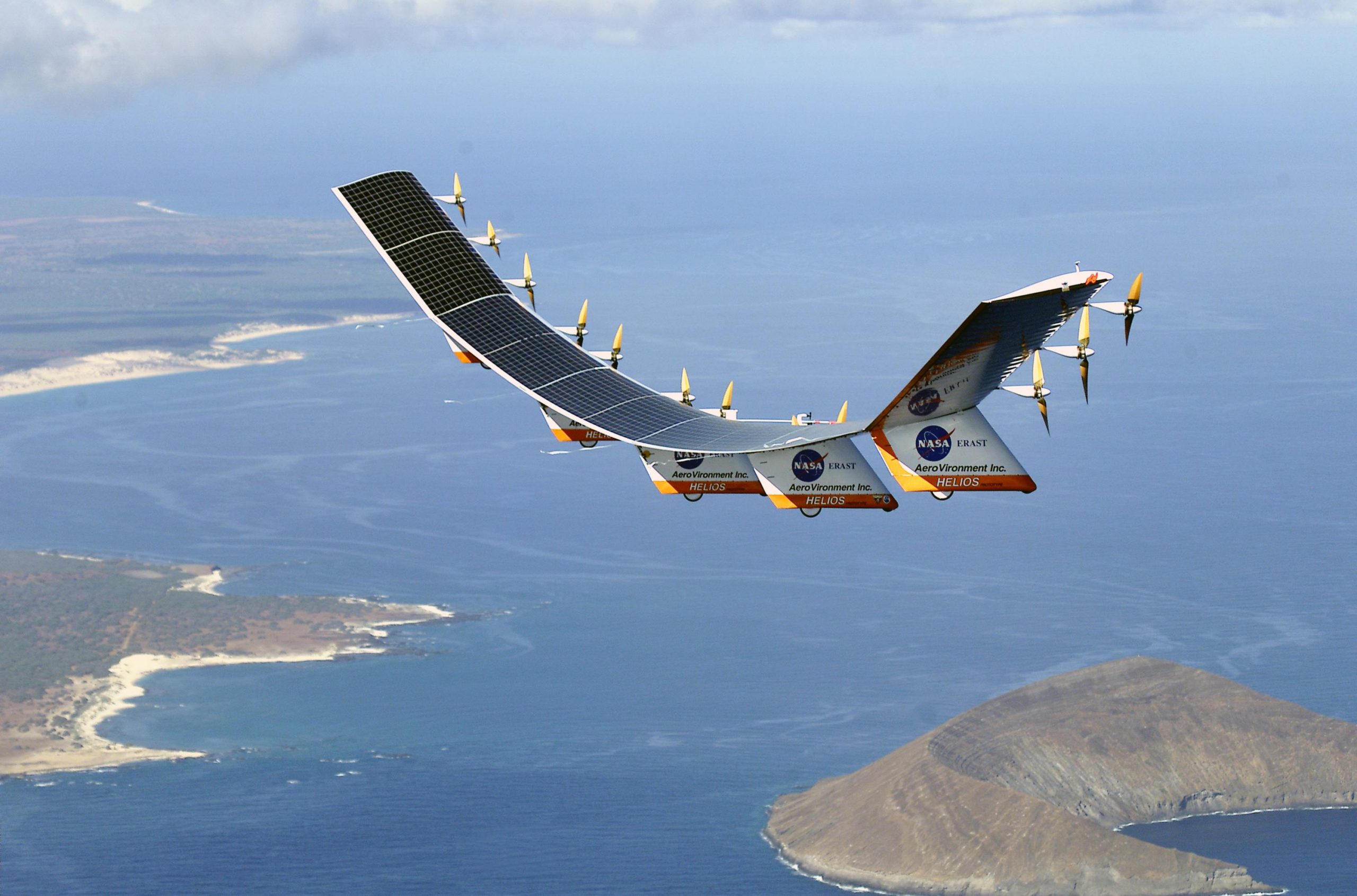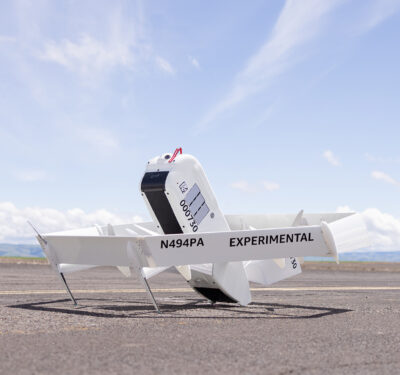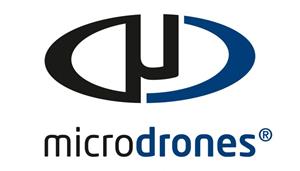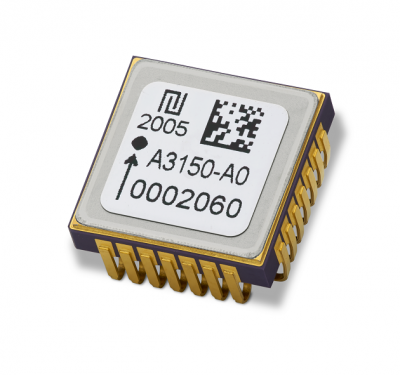PURPOSE-DRIVEN SUCCESS – THE ART OF THE (IM)POSSIBLE
“We have the fortitude to stick things out and understand that the payoff may not be overnight. That’s why we’re still here 50 years later.” – Scott Newbern, Chief Technology Officer
Since its founding in 1971, AeroVironment has lived by its founder’s mantra that engineers and innovators should have no preconceived notions about what’s possible—and, more importantly, what’s not.
In fact, the desire to push, or in some cases even ignore, conventional boundaries, has been ingrained in the company culture since its earliest days, and has been perpetuated by subsequent leaders Tim Conver (1992-2016) and Wahid Nawabi (2016 to the present).
The development of solar-powered firsts such as the Sunraycer and the Solar Challenger, as well as the first hand-launched sUAS for military reconnaissance—all before 1990—certainly put the company at the forefront of unmanned vehicles. More recent advances such as the Sunglider solar-powered high altitude platform station and the Mars Ingenuity helicopter are placing the company within a different stratosphere.
Energy and excitement is infectious among the company’s leaders, whether from CEO Wahid Nawabi or the company’s divisional heads. It seems that every one of them, from business and sales to technology research and production, believes he or she can find a solution to any aero challenge.
As Nawabi confirmed, “Our culture, business strategy and mission objectives are firmly founded on innovation and agility.”
A CREATIVE SWEET SPOT
This culture of imagination and ingenuity is reinforced through action and investment. At any one time, the company’s engineers and scientists might be testing a new UAS defense capability, solving a COVID-19 mask production issue or developing smart software to support an agricultural customer.
Gorik Hossepian, vice president of product line management at AeroVironment, is charged with managing what to outsiders might sound chaotic but in reality is a well-thought-out plan. “We invest a significant amount of time every year evaluating customer needs in relation to our product roadmap, whether that’s a new aircraft or a new capability,” he noted.
“Once we get those R&D and production roadmaps vetted through the organization—no easy task with so many brilliant minds—then it’s a matter of racking and stacking all the ideas and opportunities with available investments.”
The resulting balance is an amalgam of creative plenty, little waste and impressive results.
PURPOSE-DRIVEN
During 2019-2020, the company demonstrated a continued commitment to innovation. It debuted the ultra-lightweight Puma LE Group 2 UAS, began flight testing the Sunglider, established a high altitude platform station (HAPS) test facility at Spaceport America in New Mexico, rolled out the hybrid Quantix Recon VTOL UAS for the military, partnered in the development of VITAL (a lower cost and lower-parts-count ventilator design) and tripled production of its Switchblade expendable loitering munition UAS.
“We can achieve all of this because of the way we approach a problem,” explained chief technology officer Scott Newbern, who has been with the company for 24 years. “It is often not always the conventional path. Our founder always approached a challenge by getting back to the basic problem that needs to be solved. That mindset has been very successful for us.”
AeroVironment’s rollout process encourages realizing that mindset. “We use concurrent engineering techniques within an integrated product team structure to facilitate rapid prototyping,” Nawabi said, “while working to optimize our designs to meet manufacturing requirements, mission capabilities and customer specifications.”
The company’s agile approach also reduces the time required to move from design phase to full-rate production deliveries while achieving high reliability, quality and yields. The FQM-151 Pointer, first developed in 1987, was delivered in less than three years. The Wasp III micro air vehicle advanced from concept to production in just 11 months, becoming an integral part of the U.S. Air Force BATMAV program. The HAWK30/Sunglider was designed and assembled in less than two years.
“I like to say we were an overnight success that took 20 years to evolve,” added Newbern. “We were doing things before anyone realized there was a bigger purpose. There are times that we develop something because we want to prove it can be done.” Founder Paul MacCready would have been proud of how skepticism about the Mars Ingenuity helicopter being able to fly in Mars’ thin air gave way to it earning a place on the Atlas V rocket that lifted off toward the planet on July 30th.
Nawabi: “A core component of our business strategy is the focused development and commercialization of innovative
solutions that we believe can become new products or services.” The larger goal is to “enable us to create large new markets or accelerate the growth of our current products and services.” Again, execution involves AeroVironment’s 50-year mantra of innovation whether or not there’s an explicit purpose in mind. “We invest in an active pipeline that range in maturity from technology validation to early market adoption. We cannot predict when, if ever, we will successfully commercialize these projects, or the exact level of capital expenditures they could require—which could be substantial—but we’re all in when it comes to solving complex and, in some cases, even moonshot-like challenges.”
The belief, imagination and investment, along with a strong balance sheet and zero debt, has put AeroVironment on a flight path of continuous discovery and solution.







